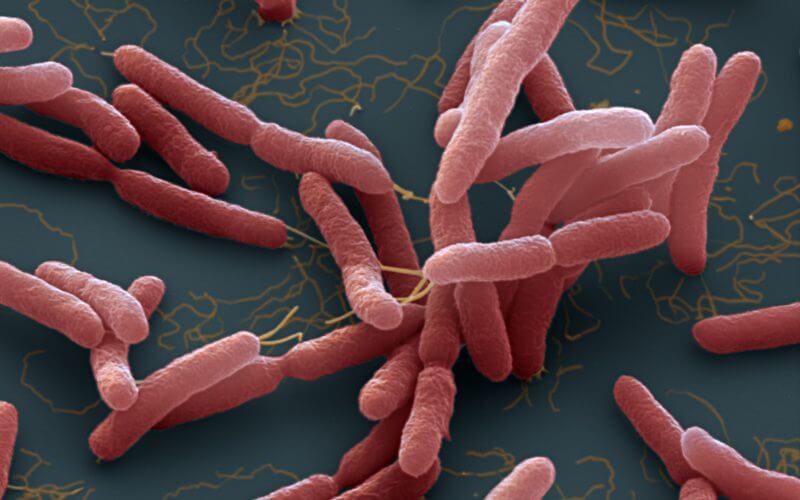The United States Center for Disease Control and Prevention (CDC) announced Wednesday that a deadly bacterium with a 50% fatality rate worldwide had entered the U.S. Gulf Coast, prompting an endemic declaration by the government agency.
According to reports, the CDC confirmed several cases of infection from the bacteria called Burkholderia pseudomallei, which experts say could cause lethal melioidosis if not treated.
Speaking to the HealthDay News, Julia Petras, an epidemic intelligence service officer with CDC's National Center for Emerging and Zoonotic Infectious Diseases, said that the deadly bacteria is "an environmental organism that lives naturally in the soil, and typically freshwater in certain areas around the world. Mostly in subtropical and tropical climates."
Currently, there are about 160,000 cases reported annually, with 80,000 deaths.
According to the CDC, the most recent case was reported in Mississippi in January, while several others were confirmed in the same state in July and May of 2020. Petras noted that individuals who got the bacteria did not show symptoms and developed antibodies against it, which means many more individuals are likely to get infected. Those infected by the bacteria are because of open wounds or by inhaling the germs during a strong storm.
"This is one of those diseases that is also called the great mimicker because it can look like a lot of different things," Petras told HealthDay News. "It's greatly under-reported and under-diagnosed and under-recognized — we often like to say that it's been the neglected, neglected tropical disease."
Petra noted that excessive alcohol use is a "known risk factor, and binge drinking has actually been associated with cases as well from endemic areas."
The CDC official said that once the bacteria is inside the body, it attacks critical organs like the lungs, brain, and others with an abscess. According to Petras, patients will have pneumonia with sepsis, resulting in higher mortality and deadlier outcomes.
CDC officials said that it is critical to diagnose this bacterium early and that the CDC recommends drugs like IV and oral antibiotics for treatment. According to Petras, patients with the bacteria receive Meropenem (Merrem) and Ceftazidime (Fortaz) in the first phase, while Amoxicillin is given via pills during the second phase.
"It's extensive treatment, but if you've finished the full course and you're diagnosed early, which is the really key thing, your outcome is probably going to be quite good," she told HealthDay News.
While officials are unclear how Burkholderia pseudomallei got to the Gulf Coast, experts note that it thrives in warm, damp areas and was found first in Australia and Thailand.
Related Story: New Deadly Drug-Resistant Fungus Spreading Quickly Across U.S.










